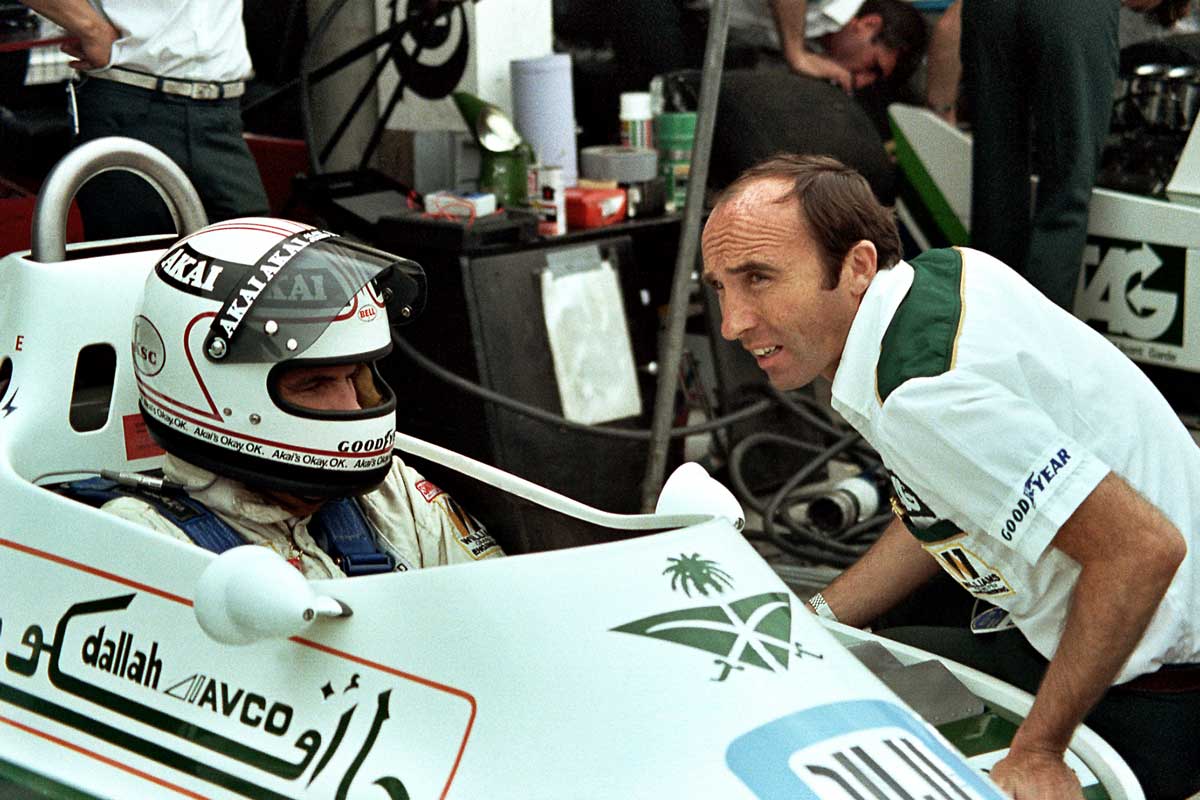The motoring world is mourning the loss of Sir Frank Williams, one of the last true privateers in Formula One.
Founder of Williams Grand Prix Engineering in 1977, Sir Frank’s team has won seven drivers’ championships and nine constructors’ championships in the upper echelons of motorsport.
Critically injured and rendered tetraplegic after rolling a Ford Sierra hire car in 1986, the crash did anything but turn Williams away from the sport he loved – instead leading him to double down to become the most successful team of the 1990s.
While we will all remember Sir Frank for his legacy in Formula One, there’s a side to Williams which could easily be forgotten, with a handful of vehicles you may not know were created by his company.
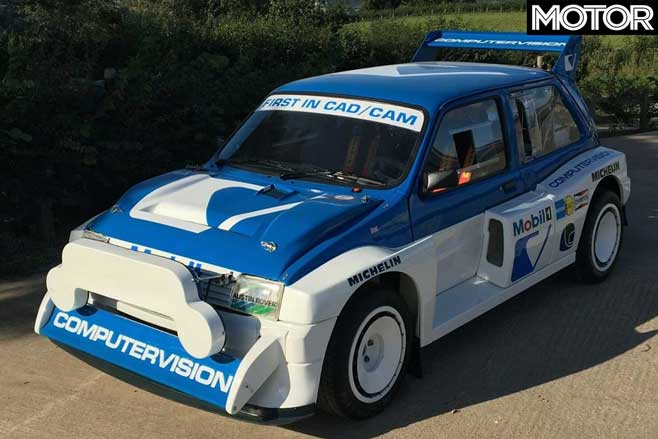
MG Metro 6R4 Group B
Developed right when the Williams team was about to hit the peak of its powers in Formula One, MG decided it wanted to take on the mad world of Group B rallying with its Metro city car. As you do.
As with most modern racecars, the Metro 6R4 (for V6, Rear engine, 4-wheel drive) shared very little with its road-going counterpart, save for the front and rear lights.
The bespoke 3.0-litre, V6 engine was loosely based around the Cosworth DFV V8 which had already powered Williams to two F1 titles, but it was significantly down on power compared to the turbocharged monsters from Audi, Peugeot, Lancia and Ford.
When Group B came to an end, some 6R4s ended up taking part in rallycross instead, while the V6 engine eventually found its way into the Jaguar XJ220 with a pair of turbochargers, becoming the fastest production car in the world.
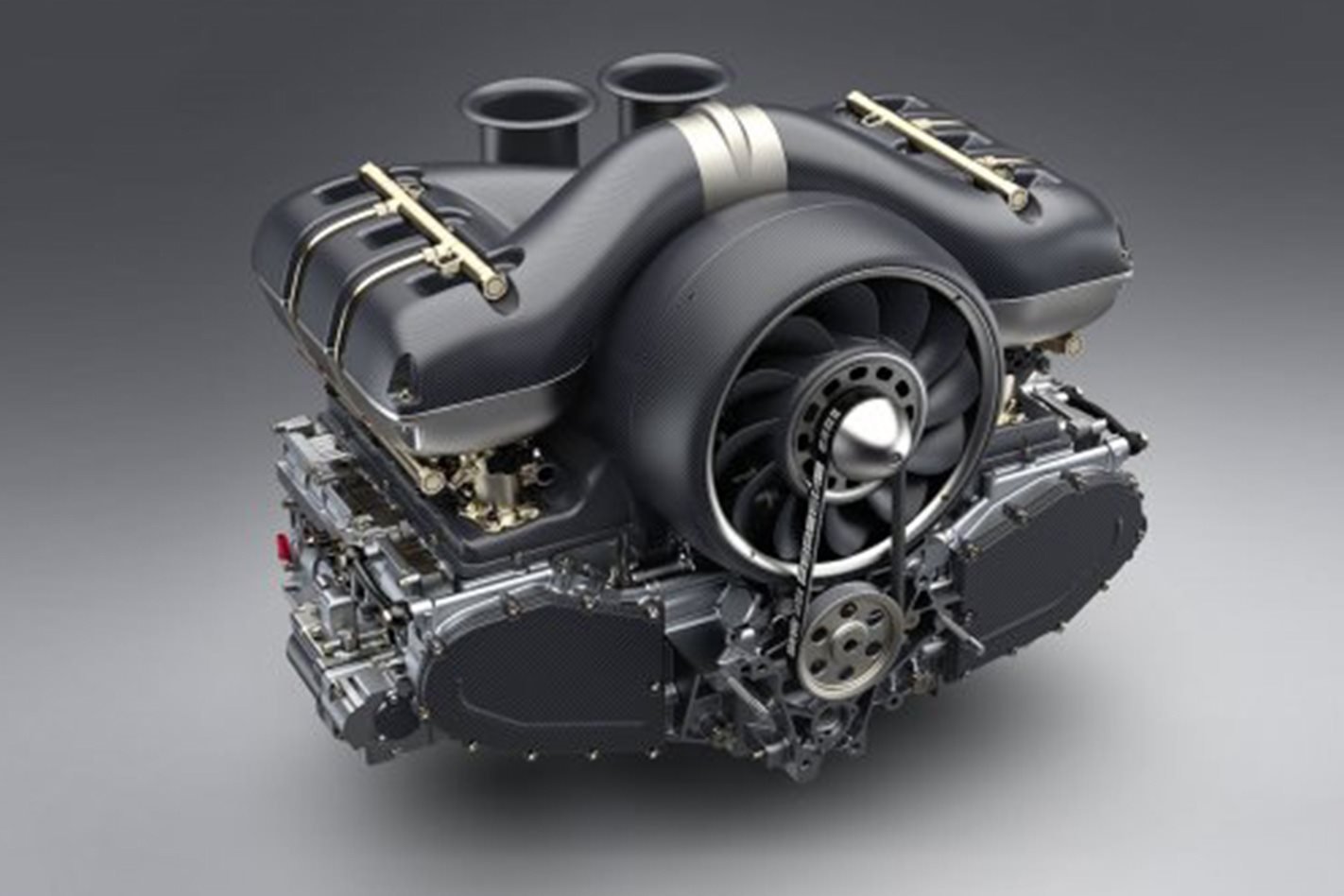
Singer DLS
The aftermarket purveyors of all things Porsche and plaid, Singer’s reimagined 911s have gained a cult following and the company’s popularity has seen some cool brands come on board.
The niche American upstart shocked the motoring world in 2017 when it announced Williams Advanced Engineering had helped it to create the ultimate flat-six engine, taking a Mezger-designed 3.6-litre flat-six and taking it out to 4.0-litres.
Four valves per cylinder, dual overhead camshafts on each bank, titanium conrods and exhaust – as well as a carbon fibre intake which gets its air from the rear quarter windows – make this a very special version of one of the best sounding engines ever made.
The atmo 373kW engine was one of the big talking points of Singer’s Dynamics and Lightweighting Study (DLS), combining with a six-speed manual gearbox, Michelin Pilot Sport Cup 2, Brembo brakes and a 990 kilogram kerb weight – resulting in Porsche heaven.
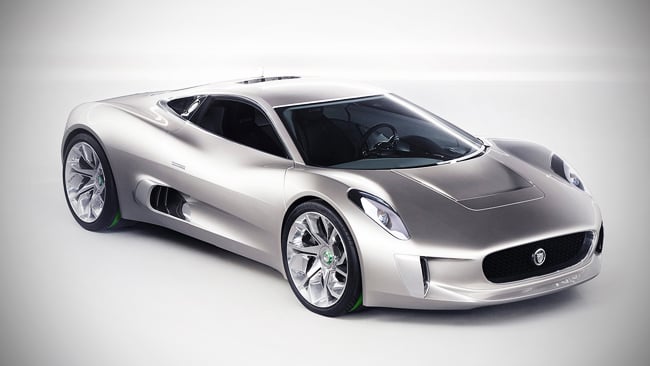
Jaguar C-X75
The late 2000s and early 2010s were like a fever dream for concept cars.
Somehow, Williams got roped into the show after Jaguar revealed its radical C-X75 in 2010 – a car which was initially meant to be powered by gas turbines, only for the idea to be scrapped in favour of the more traditional combustion engine.
Based on a carbon-fibre chassis and with a 0-100km/h time of under three seconds, Jag said it would enlist the help of Williams to put the car into production from 2011, targeting 250 units which could all run for up to 50 kilometres on electric power – thanks to motors with the axles.
As you can guess by virtue of the car being on this list, it never made it into production, having been cancelled due to its high costs both for the manufacturers and customers.
If there is a legacy of the C-X75, its design cues found their way into the much-loved F-Type and it did end up on the silver screen, featuring in the James Bond film, Spectre. All of these cars were based on World Rally Championship-spec spaceframe chassis with V8 engines.
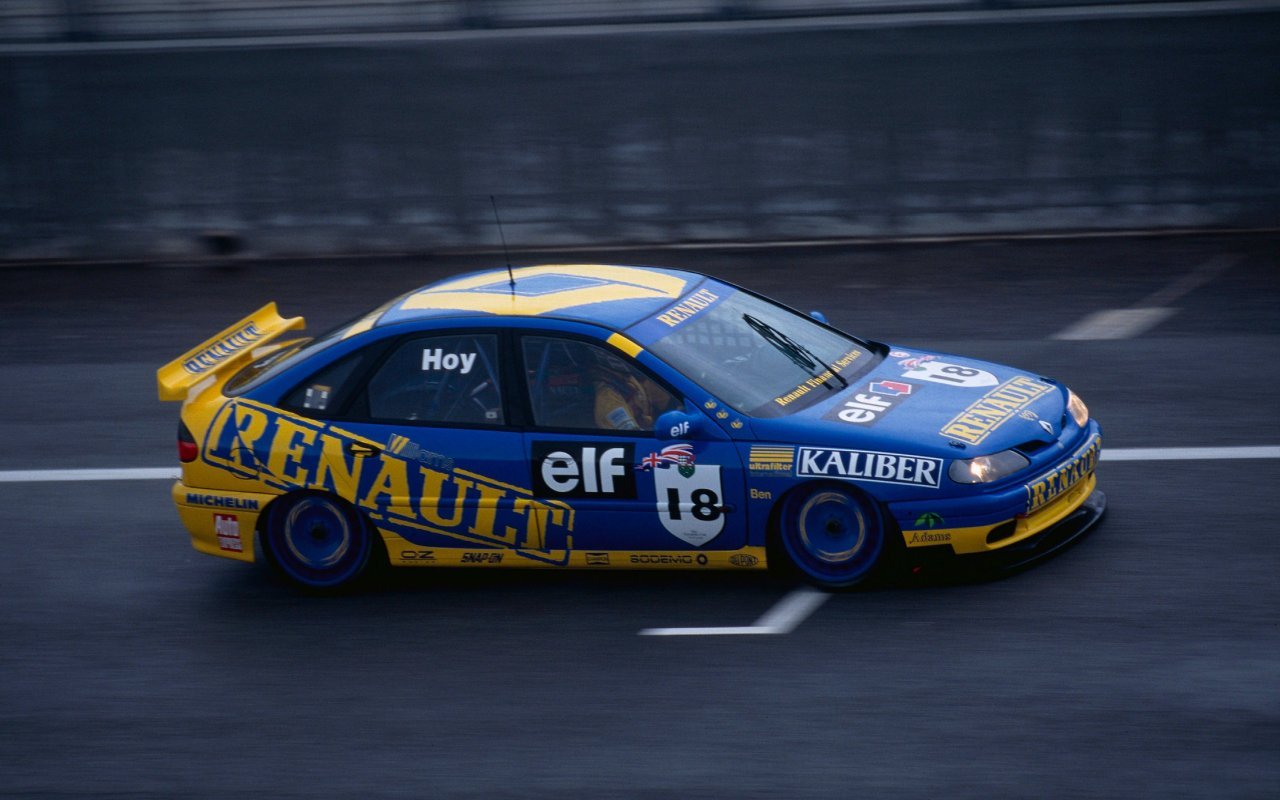
Renault Laguna BTCC
Those into touring cars will know all about this, but those unaware might question why a French mid-size sedan makes this list.
The mid-1990s were the peak for touring car racing in Europe, with the Super Touring formula taking your everyday family car and turning it into a fierce racecar.
In 1995, Williams brought its F1 nous to the British Touring Car Championship in partnership with Renault, the French manufacturer which had supplied the engines for its 1992/93/94 title winning cars.
Throughout its first full season of competition, the Renault Laguna BTCC car won 10 of the 25 races at the hands of Alain Menu and Will Hoy en route to winning the team’s title.
While 1996 was tough due to the strength of the all-wheel drive Audi A4s, the team bounced back in 1997 to take 14 wins from 24 races, with Menu breaking through for the title win while team-mate Jason Plato finished the season in third.
The Laguna even took on Bathurst in 1997, with Williams Renault Dealer racing taking a crack at the AMP Bathurst 1000. Despite Menu and Plato starting second, the car retired after 114 laps – or 76 more than team-mates Graham Moore and 1980 F1 World Champion, Alan Jones.
Spiralling costs eventually saw the demise of the Super Touring regulations, but the Laguna left a lasting legacy in the motorsports world, capturing the hearts and minds of everyone who longed for a 208kW naturally-aspirated engine in their road car.
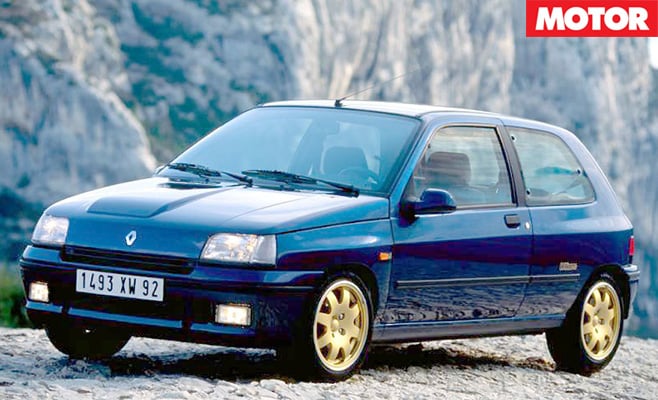
Renault Clio Williams
We’re including the first-gen Clio here due to its interesting back story, as well as the slightly tenuous link to the Williams name.
It’s 1993 and the French are on a high. Alain Prost is dominating in his F1 return aboard the Williams FW15B, powered by a Renault engine – which included a win on home soil at Paul Ricard. C’est magnifique!
To celebrate, Renault decided to make a hotter version of its Clio hatchback – complete with gold alloys, dark blue paint and a 108kW four-pot engine, among other things.
Initially planning to launch just 5400 units, demand saw supply expand by an extra 6700 over its production run, with a solid number of those built turned into rally cars, competing in front-wheel drive Group N classes.
The “forgotten” part about this Williams car is the British firm had nothing to do with it apart from supplying its logo – everything about it was developed or manufactured by Renault Sport, not the team from Grove.
Eventually the Clio evolved into the Renault Clio Williams MAXI, taking part in the kit-car class of the World Rally Championship with massively flared guards, a sequential transmission and a 2.0-litre engine.
We recommend
-
 News
NewsWilliams Racing commits to going climate positive by 2030
Former Formula One champions to become green pioneers
-
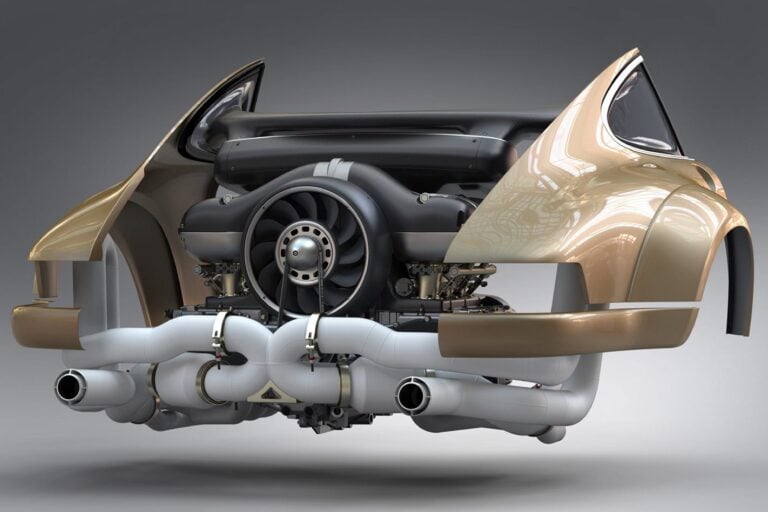 News
NewsSinger creates ultimate Porsche air-cooled engine
Singer and Williams team up with legendary engine architect Hans Mezger to create the most awe-inspiring Porsche flat-six to date
-
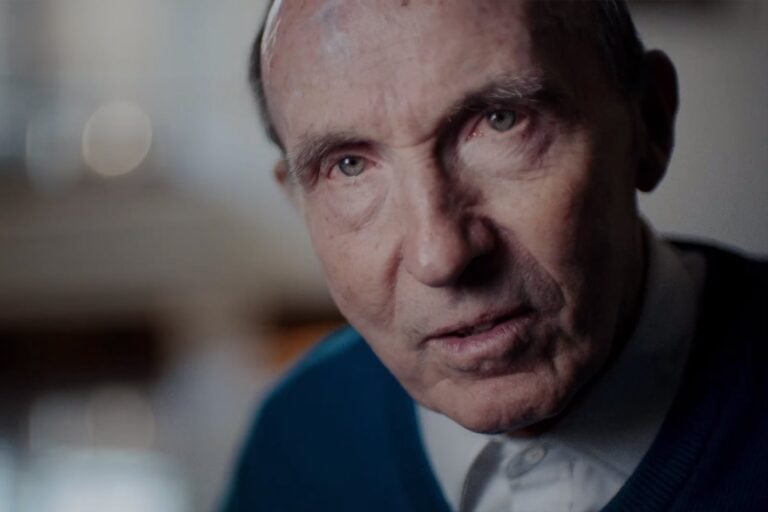 News
NewsWatch: Williams Formula 1 documentary trailer
F1 luminary Sir Frank Williams has been recognised in an official documentary, premiering in London today


